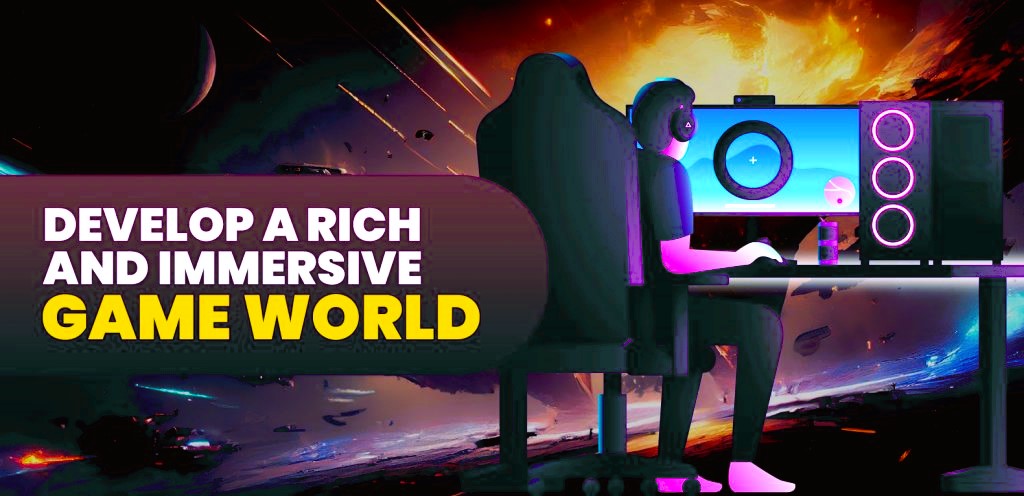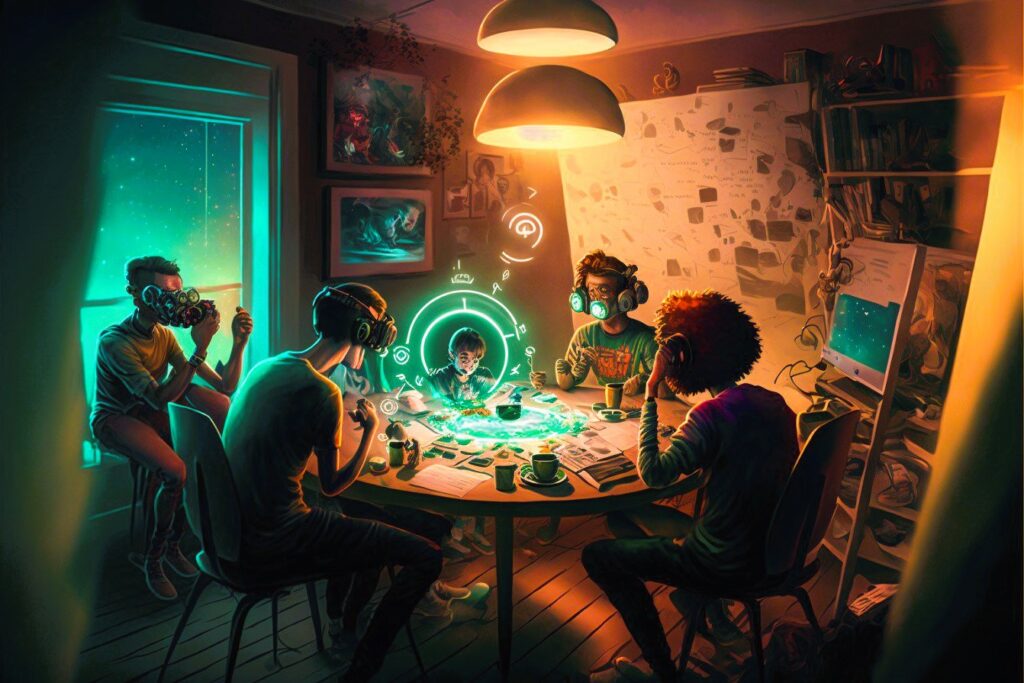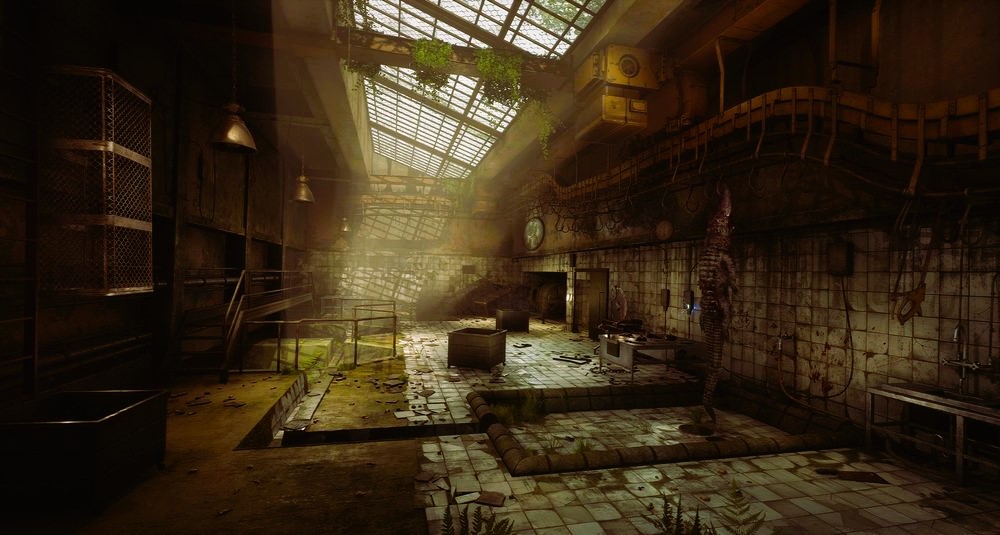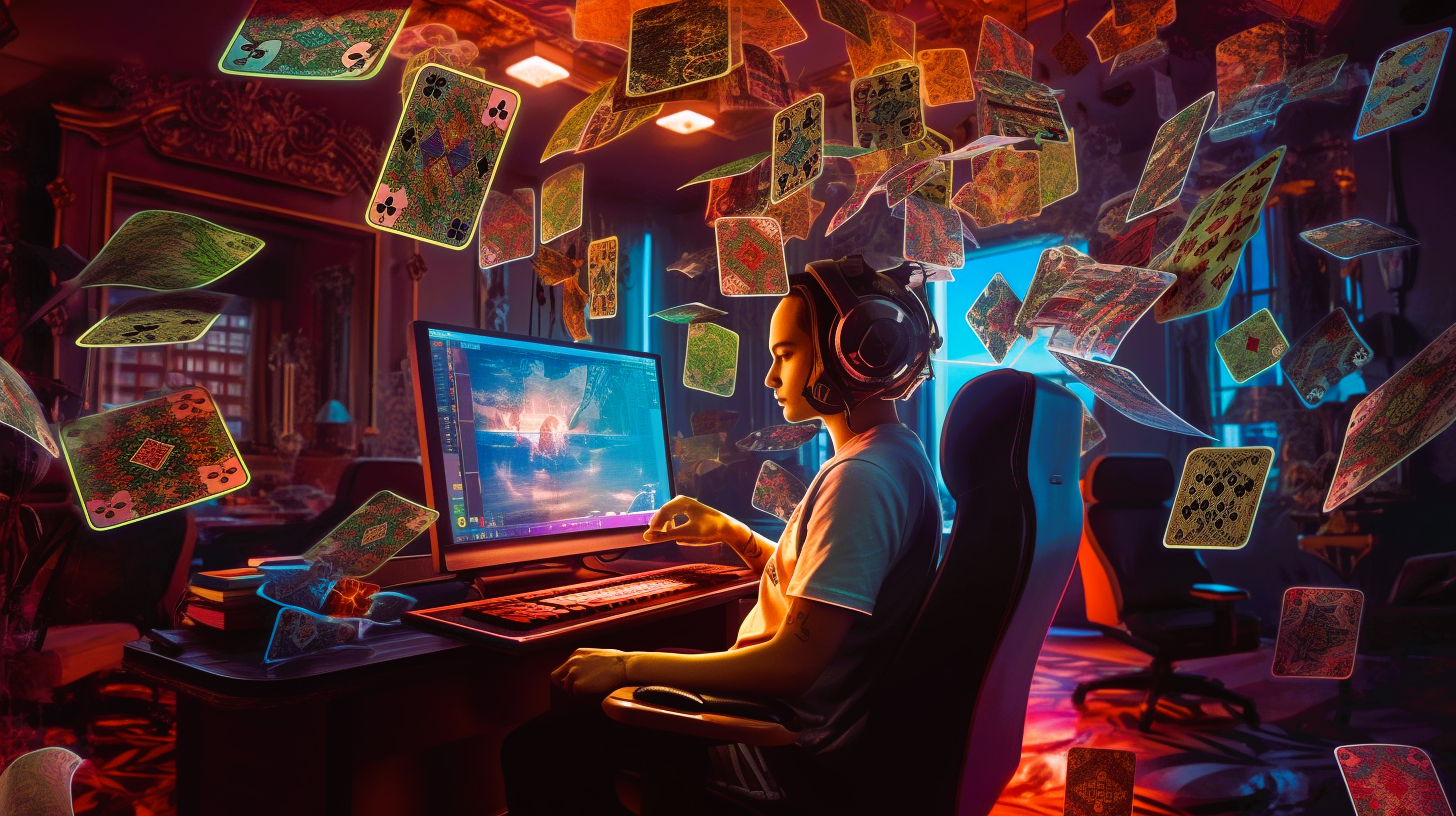
Behind every captivating video game lies a world meticulously crafted by game developers. The art of creating immersive game worlds is a complex and collaborative process that involves storytelling, design, technology, and artistic vision. This article delves into the intricacies of game development, exploring how developers bring virtual worlds to life and the impact their work has on the gaming experience.
The Foundation of Immersive Game Worlds:
Immersive game worlds serve as the canvas upon which the gaming experience unfolds. These worlds are more than just a backdrop; they are living, breathing environments that shape the narrative, characters, and gameplay. The foundation of an immersive game world is laid during the initial stages of development when developers define the game’s setting, lore, and overall aesthetic.
Storytelling and World-Building:

Storytelling is a cornerstone of immersive game worlds. Developers invest time and effort in crafting rich narratives that not only guide players through the game but also provide context for the virtual world they inhabit. World-building involves creating a cohesive and believable setting with its own history, cultures, and rules. Whether it’s a sprawling open-world RPG or a linear narrative-driven game, the narrative and world-building elements contribute to the overall sense of immersion.
Artistic Vision and Visual Design:
The visual design of a game world plays a pivotal role in creating a captivating and immersive experience. Artistic vision comes into play as developers conceptualize the aesthetics, architecture, and landscapes that define the game world. Talented concept artists, 3D modelers, and environmental designers work collaboratively to bring these visions to life, ensuring that the visual elements resonate with the intended atmosphere and tone of the game.
Technological Advancements in Game Development:
Advancements in technology have significantly impacted the creation of immersive game worlds. High-fidelity graphics, realistic physics engines, and dynamic lighting systems contribute to the overall visual realism of game environments. The integration of cutting-edge technologies such as ray tracing and real-time global illumination enhances the immersive quality of game worlds, allowing for more realistic reflections, shadows, and atmospheric effects. We’ve got our Fallout 4 workshop guide for you.
Level Design and Player Interaction:
Level design is a critical aspect of creating immersive game worlds, influencing how players navigate and interact with the virtual environment. Well-designed levels strike a balance between guiding players through the narrative and providing opportunities for exploration. Developers carefully consider the placement of landmarks, challenges, and points of interest to maintain a sense of engagement and curiosity within the game world.
Audio Design and Atmosphere:
Sound is a powerful tool for creating atmosphere and immersion in game worlds. Audio designers work on crafting aural landscapes that complement the visual elements of the game. From the ambient sounds of nature to the dynamic score that accompanies key moments, audio design enhances the emotional impact of the gaming experience. Attention to detail in sound design contributes to the overall sense of presence within the virtual world.
Iterative Development and Player Feedback:
The creation of immersive game worlds is an iterative process that involves continuous refinement based on player feedback. Playtesting and user feedback provide valuable insights into how players perceive and engage with the game world. Developers use this information to fine-tune aspects of the environment, address issues, and optimize the overall experience, ensuring that the final product aligns with player expectations.

Conclusion
The process of creating immersive game worlds is a harmonious blend of creativity, technology, and player engagement. Game developers, with their artistic vision and technical expertise, have the power to transport players to fantastical realms, dystopian futures, or historical settings. The ongoing evolution of game development continues to push the boundaries of what is possible, ensuring that immersive game worlds remain a central aspect of the gaming experience.
For further exploration of game development and immersive game worlds, you can visit Wikipedia.


